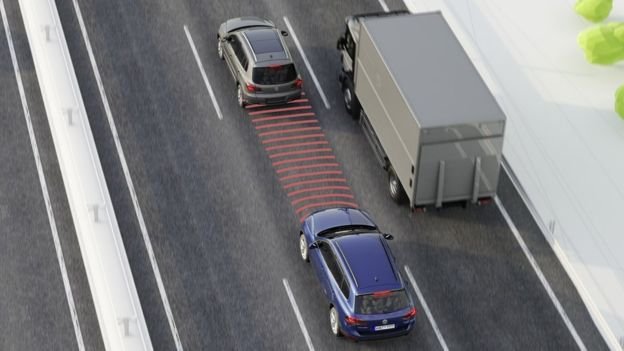
Here is an extraordinary statistic: since the Volvo XC90 went on sale in the UK in 2002 it has sold over 50,000 vehicles, yet not a single person has been killed while driving it, or as a passenger.
It is, according to the independent laboratory Thatcham Research, the safest car it has ever tested.
The only other car with a similar record is the Audi Q7, but the model concerned was only on sale between 2015 and 2016.
One reason for the Volvo’s success is that it was an early leader in the use of camera and radar systems to warn drivers about hazards on the road.
READ: APC unveils official Twitter, Facebook, Instagram accounts
These systems now automatically bring the car to a stop if it gets too close to another vehicle.

Apart from saving your life, Autonomous Emergency Braking (AEB) – as it is known – could also bring cheaper insurance premiums.
How AEB works
Using lasers, cameras or radar, the car will detect an impending collision, and give the driver a warning. If he or she doesn’t take action, the car will brake automatically.
Some AEB systems, such as Ford’s Active City Stop, only work at speeds of up to 30 mph. However others work at higher speeds, including on motorways.
Thatcham Research calls AEB the most significant development since the safety belt.
It says its use could save 1,100 lives in the UK over the next decade, and over 122,000 casualties.
Accident prevention
At the moment, most AEB systems are “forward-looking”. In other words they are designed to prevent crashes where one car runs into the back of another.
Such crashes account for around a quarter of all accidents, but these are the incidents which can cause some of the nastiest injuries, such as whiplash.
AEB has been shown to reduce such collisions by 38%, according to research by the safety organisation Euro NCAP.
“AEB is definitely reducing crash frequency. No question about it,” says Matthew Avery, research director at Thatcham.
“And it’s got the potential to reduce many more crashes, as this technology gets better.”
Read more on BBC











